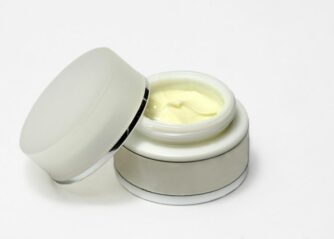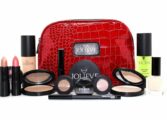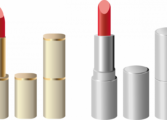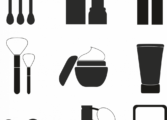Spray Foundation: A Comprehensive Guide for Makeup Enthusiasts

Introduction:
Spray foundation has gained immense popularity in recent years due to its easy application and seamless finish. In this article, we will provide an in-depth overview of spray foundation, including its types, popularity, quantitative measurements, differences, and historical analysis of its pros and cons.
1. Understanding Spray Foundation:

Spray foundation is a makeup product that comes in a spray form, making it convenient to apply and blend evenly on the skin. It offers a lightweight, airbrushed finish that provides a flawless complexion. This innovative product has gained traction in the beauty industry for its ability to save time and deliver professional-looking results.
2. Types and Popularity of Spray Foundation:
There are several types of spray foundation available in the market. Some popular varieties include:
– Airbrush Spray Foundation: This type relies on air pressure to create an even application and a natural-looking finish.
– Aerosol Spray Foundation: These foundations are packaged in aerosol cans, making them travel-friendly and easy to use.
– Mineral Spray Foundation: Mineral-based spray foundations prioritize natural ingredients and are suitable for sensitive skin types.
Each type of spray foundation has its unique characteristics and benefits, catering to different preferences and skin concerns.
3. Quantitative Measurements of Spray Foundation:
Quantitative measurements play a crucial role in understanding the effectiveness and performance of spray foundations. Key measurements include:
– Coverage: The extent to which the foundation conceals imperfections and evens out skin tone.
– Longevity: The durability of the foundation, including its ability to stay put throughout the day without fading or smudging.
– SPF Protection: Some spray foundations offer sun protection, with SPF ratings indicating the level of defense against harmful UV rays.
– Oil Control: For those with oily skin, the ability of a spray foundation to minimize shine and control excess oil is an important factor to consider.
4. Examining Differences among Spray Foundations:
Despite their common purpose, spray foundations can differ in various aspects, including:
– Coverage: Some spray foundations provide sheer coverage, while others offer buildable or full coverage. This distinction allows users to tailor their foundation application according to their desired look.
– Finis The finish of spray foundations can range from a dewy, natural glow to a matte, shine-free appearance, catering to different skin types and personal preferences.
– Application Method: While most spray foundations are applied directly onto the face, some may require the use of a brush or sponge for blending, depending on the formulation.
5. Historical Analysis of Pros and Cons:
Over time, spray foundations have evolved, and their advantages and disadvantages have also taken shape. Historical analysis reveals:
– Pros: Spray foundations offer quick application, even coverage, and a lightweight feel. They are ideal for on-the-go touch-ups or special occasions.
– Cons: Some concerns associated with spray foundations include potential inhalation risks during application, difficulty in shade matching, and limited shade ranges in certain brands.
Conclusion:
Spray foundation has revolutionized the makeup industry with its convenient application and flawless finish. By understanding the different types, quantitative measurements, differences, and historical pros and cons, you can make an informed decision when choosing the right spray foundation for your needs. Whether you desire a natural everyday look or a glamorous evening finish, spray foundation can be a game-changer in your beauty routine.
















































